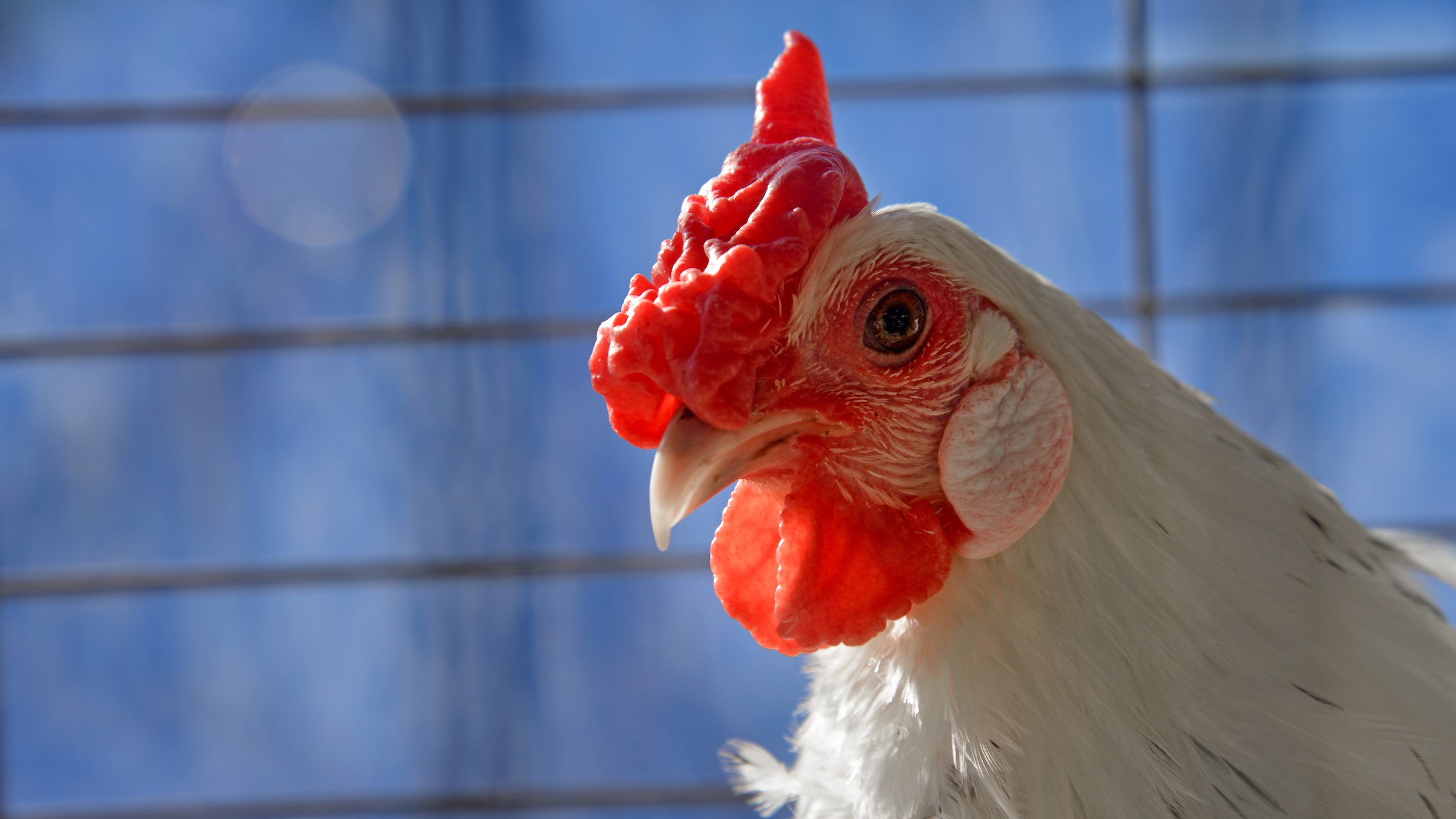Testing for Pre-Committed Quantities of Australian Meat Demand

Associate Department Head and Extension Leader Dr. Nick Piggott recently co-authored an article published in the Australian Journal of Agricultural Economics.
This study provides the first assessment of differences in Australian consumer meat demand formation when pre-committed quantities are considered. That is, Australian consumption of chicken was largely influenced by non-price and non-income factors over the sample period, while purchasing decisions for lamb, beef, and pork were driven by price and expenditure factors alone. These findings raise the question of how non-price and non-expenditure factors may influence pre-committed chicken consumption and, more generally, total Australian meat consumption. This is an understudied topic. Reasons for this result may include the diversification of chicken products available to consumers over the time period of the study in comparison with other meats, or the increase in product source information (such as free-range, organic, or welfare group-approved chicken products).
The influence of any such factor needs to be investigated in terms of modifying demand modelling, for example with the development and inclusion of topic specific demand shifters in the Generalised Almost Ideal Demand System (GAIDS) specification. This could greatly assist in explaining Australian meat demand factors. Future work could expand upon this study by incorporating demand shift indices in the GAIDS to evaluate the impact of other non-price and non-income factors on chicken demand. An animal welfare index may be a demand shift index worth investigation due to Australia’s involvement in the live export of sheep and cattle. In this context, examination of how consumer animal welfare concerns impact each meat type may provide valuable insight into the recent growth in chicken demand.
- Categories:


